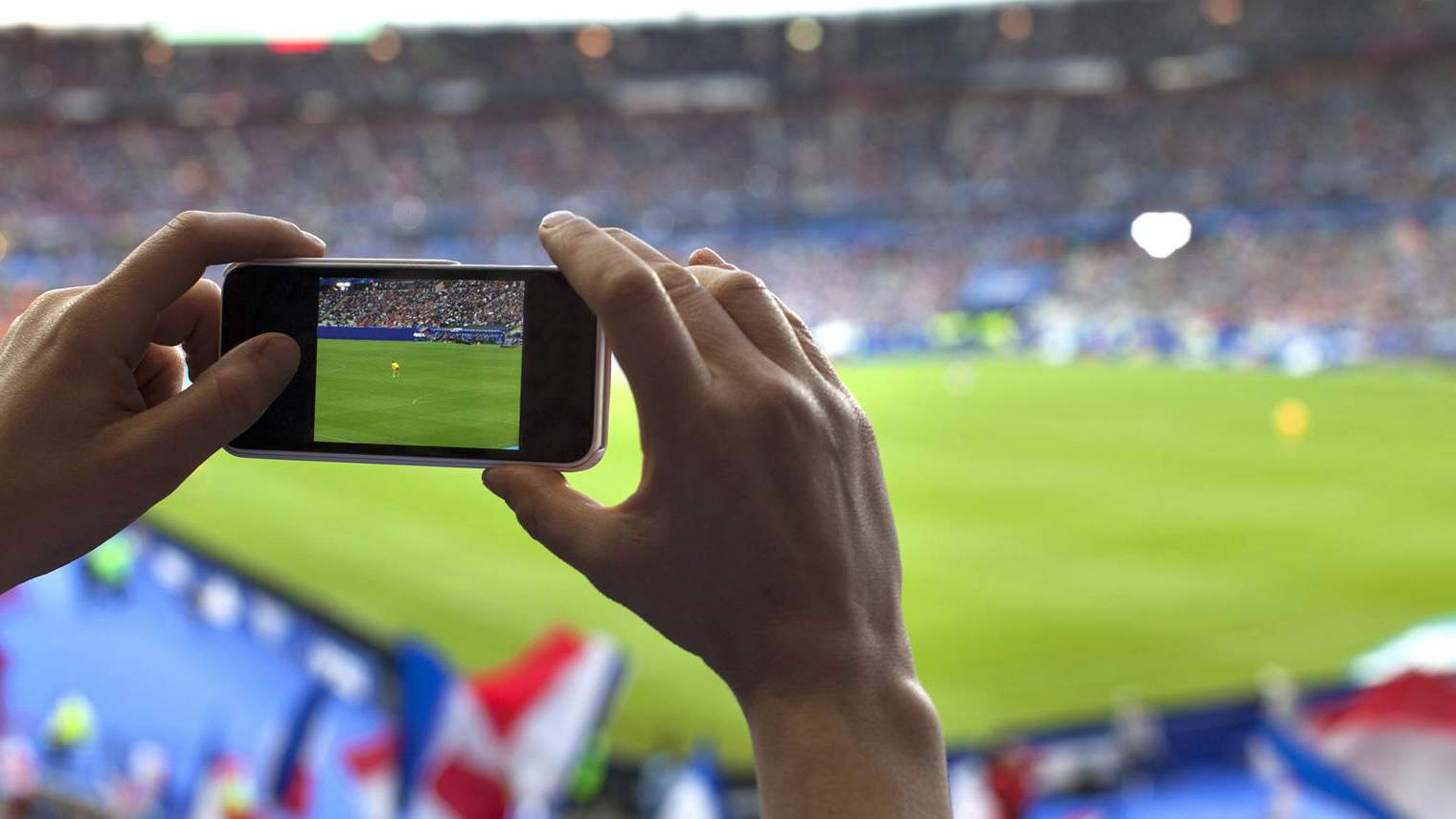
Business
22:58, 16-Jul-2018
Young Chinese football fans focus more on fun than games
Updated
22:17, 19-Jul-2018
By CGTN’s Zheng Junfeng
02:38

A thrilling 32 days of World Cup football wrapped up with France defeating Croatia 4-2 on Sunday to win its first title in 20 years. That came as a survey in China showed that young fans paid more attention to other things than the games themselves – mostly due to their mobile phones.
Watching a World Cup game from beginning to end is no longer the trend for Chinese fans. A survey conducted by research firm Analysis on thousands of World Cup fans shows that most of them learned about the games on their mobile phones.
"Over 70 percent of the football fans in China will use their phones while watching a World Cup game, either reading, sharing, chatting, betting or even shopping," said Jiang Xinwei, senior analyst at Analysis.

VCG Photo
VCG Photo
That's very different from four years ago when fans would just watch TV. Now their attention span lasts just a few minutes or seconds, not 90 minutes. Tencent Online Media was voted in the survey as the most favored platform for World Cup information for its creative content and short videos.
"Young people prefer short videos to a whole 90-minute game. That's why our short videos are very popular with 6.7 billion views by 770 million users during the World Cup," said Sandi Jin, marketing director at Tencent Online Media Group.
The survey also showed that the World Cup was a catalyst for fans to create conversations, such as football star gossip. Some funny short videos and user-generated content can quickly go viral with hundreds of millions of views.
"Content creation is the key, whether it's Japanese team cleaning their locker room or the fact that half of Iceland's players are part-time. These stories went viral because Chinese users like to express their opinions. That's why we had a team of 1100 people reporting and editing for the World Cup," Jin explained.
Andy Mok, a digital economy observer, said the large World Cup viewership on China's mobile Internet was game-changing, and was made possible by technology, its user base and content creation.
"The smart phone revolution totally reinvented the viewing content participation experience. It used to be many people around one screen, passively absorbing content. Today, it's a multi-screen experience and this is the way, especially the young people, consuming, creating and distributing digital content," Mok told CGTN.

SITEMAP
Copyright © 2018 CGTN. Beijing ICP prepared NO.16065310-3
Copyright © 2018 CGTN. Beijing ICP prepared NO.16065310-3